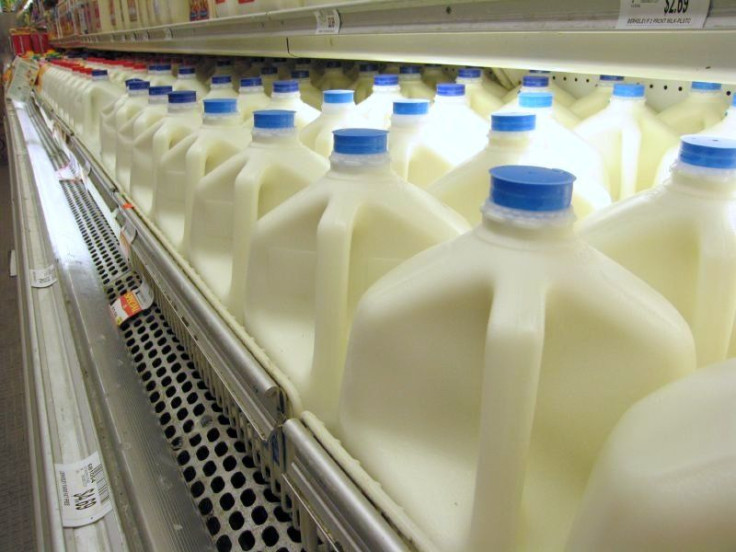New Study Claims Skim Milk Consumption In Children Can Lead To Obesity

The debate over the healthy benefits of skim milk versus whole milk has taken another turn after a study published in "Archives of Disease in Childhood" determined that youngsters who drink whole milk opposed to skim milk have a better chance of preventing obesity.
For years both the American Heart Association (AHA) and the American Academy of Pediatrics (AAP) have advocated the substitution of skim or low fat milk to whole milk. Their reasoning involves the higher cholesterol content found in whole milk compared to low fat milk.
Both associations suggest that a child should switch from whole milk to skim milk around the age of two. Children younger than two years old can utilize the extra fat and cholesterol for body and brain development.
A team of researchers led by Professor Mark Deboer followed a sample population of 10,700 children from age two to four. At the end of the two years the children and their parents answered surveys pertaining to which kinds of milk they preferred.
The results showed that children who drank 2 percent milk had a lower Body Mass Index (BMI) than those who drank 1 percent or skim. The study also showed that two year olds who began with a healthy weight and drank 1 percent milk gained a 57 percent chance of becoming obese when older, Time reported.
On average, a cup of whole milk contains 150 calories and eight grams of fat while a cup skim or non-fat milk contains 90 calories and zero grams of fat. So how could anyone consider whole milk a healthier option to milk stripped of calorie and fat content?
DeBoer and his team have come to the conclusion that drinking milk with higher fat content can help kids feel fuller and eat less. The added fat content in whole milk may also release cholecystokinin, a hormone that actually increases the digestion of fats and proteins.



























